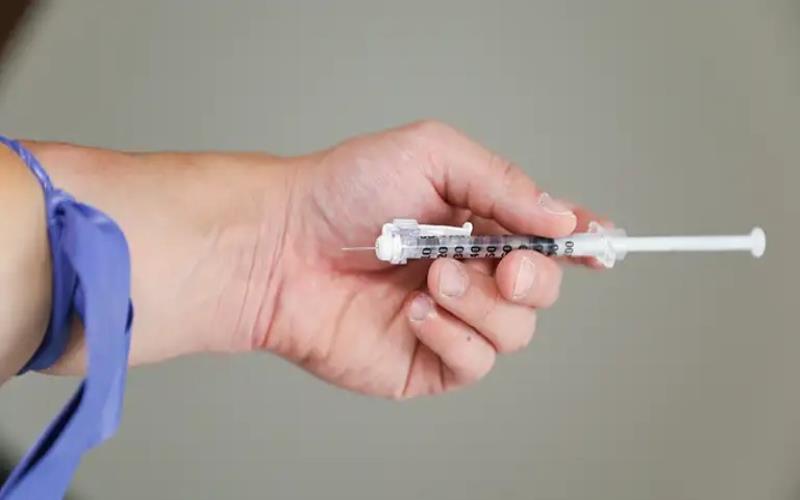In today’s world, the conversation surrounding heroin is often marked by headlines of addiction and tragedy. Yet, understanding why people are drawn to this powerful substance can provide insights into its pervasive grip on society. For individuals and families grappling with the realities of what does heroin feel like, it’s crucial to explore both the allure and the devastation associated with this drug. This blog post will guide you through the complexities of heroin’s appeal, its devastating effects, and the path to recovery.
The Seductive Start
Heroin’s allure often begins with promise. Many users are initially drawn in by stories of euphoric highs and an escape from reality. The drug offers a temporary refuge, a seductive pull for those seeking relief from physical or emotional pain. The initial experience can be intensely pleasurable, creating a sense of warmth and well-being that is difficult to match.
However, the seductive nature of heroin is a double-edged sword. What starts as an occasional escape can rapidly spiral into dependency. The body’s tolerance increases with use, demanding higher doses to achieve the same effects. Before long, what was once a means of escape becomes a chain of compulsion.
The psychological grip of heroin is profound. The promise of relief from life’s challenges is powerful, overshadowing the risks. For many, the pursuit of that initial high becomes an all-consuming quest, eclipsing warnings and rational thought.
Slipping Into Dependency
The descent from occasional use to addiction can be surprisingly swift. Heroin alters brain chemistry, affecting how users perceive pleasure and pain. The body becomes reliant on the drug to maintain normal function, leading to physical dependency.
Withdrawal symptoms present a formidable barrier to quitting. Users often experience intense cravings, nausea, and muscle pain. The fear of these symptoms can drive individuals to continue using, despite the negative impact on their lives.
Dependency doesn’t just affect the body; it infiltrates every aspect of a person’s life. Relationships suffer as users prioritize heroin over loved ones. Financial problems mount as obtaining the drug takes precedence over other responsibilities. The cycle of addiction perpetuates itself, leaving destruction in its wake.
The Devastating Toll
The physical health implications of heroin use are severe. Users are at risk of complications such as infections, collapsed veins, and liver disease. The risk of overdose is omnipresent, as street heroin is often mixed with unknown substances, increasing the danger of accidental overdose.
Heroin’s impact extends beyond the individual to the community. Families are torn apart by the chaos and unpredictability of addiction. Communities bear the burden of increased healthcare costs, crime, and loss of productivity due to heroin use.
Despite these dire consequences, the stigma surrounding heroin addiction often prevents individuals from seeking help. Fear of judgment and legal repercussions can deter users from reaching out for the support they need to recover.
The Path to Recovery
Recovery from heroin addiction is challenging but possible. The first step is often detoxification, where the body clears itself of the drug. This process can be grueling and requires medical supervision to manage withdrawal symptoms safely.
Therapy plays a crucial role in recovery. Cognitive-behavioral therapy (CBT) helps individuals address the underlying issues that contributed to their addiction. Support groups offer a sense of community and shared experience, providing encouragement and accountability on the path to sobriety.
Medications such as methadone and buprenorphine can assist in managing withdrawal symptoms and reducing cravings. These medications are most effective when combined with comprehensive treatment plans that include therapy and support.
Supporting Recovery Efforts
Supporting someone in recovery requires patience and understanding. It’s important to recognize that relapse is often part of the recovery process. Encouraging open communication and offering nonjudgmental support can make a significant difference.
Education is crucial in destigmatizing addiction. By understanding the complexities of heroin use and recovery, society can foster a more compassionate approach to those struggling with addiction. Advocacy for policies that support recovery efforts and reduce barriers to treatment is essential in addressing the heroin epidemic.
Recovery is not just about abstaining from drugs—it’s about rebuilding a life. Celebrating milestones, no matter how small, can provide motivation and reinforce the importance of staying on the path to recovery.
The Role of Community and Resources
Communities play a pivotal role in supporting recovery efforts. Access to resources such as treatment centers, support groups, and employment opportunities can significantly impact an individual’s ability to maintain sobriety.
Public health initiatives focused on harm reduction can prevent the spread of diseases and reduce overdose fatalities. Providing resources such as clean needle exchanges and overdose-reversal medications can save lives and encourage individuals to seek treatment.
Collaboration between healthcare providers, policymakers, and community organizations is vital in creating a supportive environment for recovery. By working together, communities can address the root causes of addiction and implement effective strategies to combat the heroin crisis.
Conclusion
Understanding heroin’s allure and its devastating effects is crucial in addressing the current epidemic. The path from experimentation to addiction is perilously quick, with each stage presenting unique challenges. Recovery is not only possible but achievable with the right resources, support, and determination. By fostering compassion and removing stigma, society can help individuals reclaim their lives and contribute positively to their communities. Whether you’re directly affected or wish to support others, knowledge and empathy are your strongest allies in this fight.

